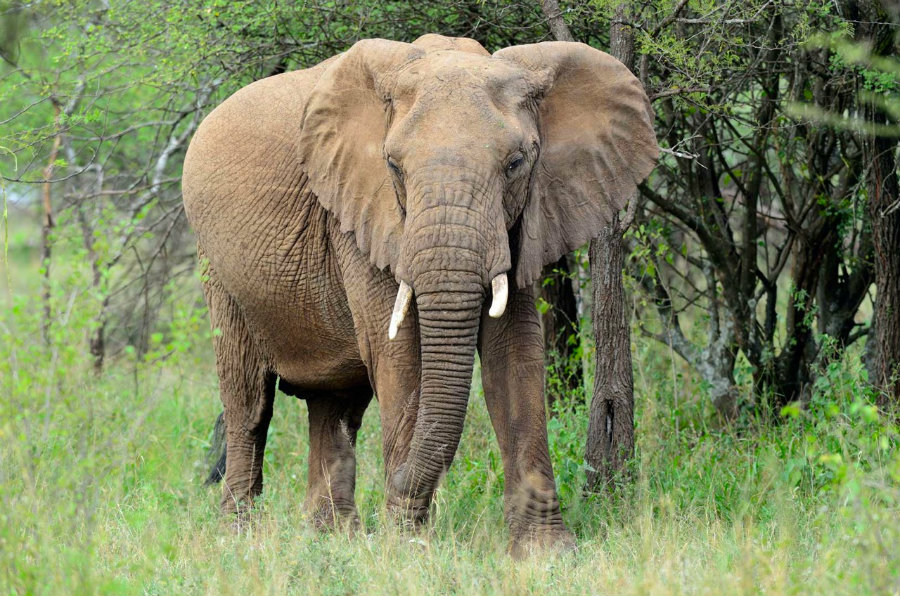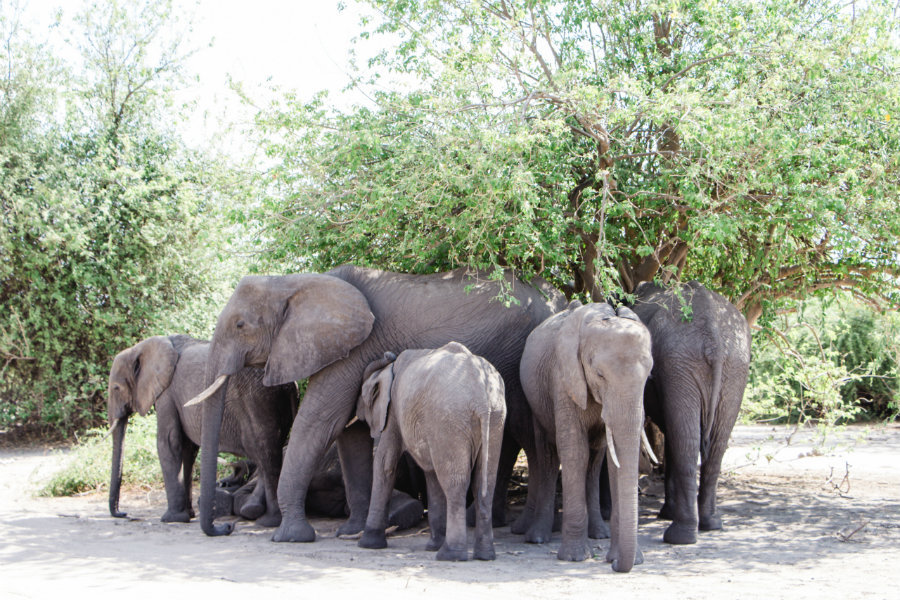In ten years, poachers have decimated at least 25,000 elephants in Africa’s Minkébé National Park, equivalent to 81 percent of the reserve’s population.
The alarm comes from a study performed by Duke University researchers, who estimate that 8 out of 10 African elephants in the world have disappeared between 2004 and 2014.

Almost 50 percent of all forest elephants in Central Africa reside in Gabon, and the loss of the National Park as a safe haven for these animals poses is expected to become a contributing factor to their extinction.
Elephants in reserves keep being targeted for their ivory
The Minkébé National Park in Gabon was created because the region harbored a large elephant population, holding the highest densities of elephants in Central Africa and was considered a “critical sanctuary for forest elephants because of its relatively large size and isolation,” according to researchers.
To weigh the change in elephant population, researchers compared data resulting from two large-scale surveys taken a decade apart from each other. The primary factor analyzed by the surveys was elephant dung, and investigators made sure that rainfall did not affect the data as an indicator of the average elephant population.
For 2004, they estimated a population of 32,851 elephants in the park, compared to just 7,370 elephants in 2014, representing a 77.6 percent decrease. They managed to determine the number of forest elephants in the Minkébé National Park by analyzing 643 dung piles in 2004 and 919 piles in 2014.

The highest rates of dung distribution over park territory where sighed in the farthest southern regions of the park, away from humans and the Cameroon border. The park lies just 58 kilometers from the nearest Gabon national road and 6.1 kilometers from Cameroon’s, making it easily accessible to poachers.
Guards documented at least 161 carcasses of poached elephants between 2012 and 2015, where most of the ivory confiscated in international markets has been traced back to the border shared by Gabon, Cameroon, and Congo, which coincidentally includes the Minkébé National Park.
“The documentation of significant declines in forest elephant populations is not new [1, 2], but a 78–81% loss of elephants in a single decade from one of the largest, most remote protected areas in Central Africa is a startling warning that no place is safe from poaching,” reads the study.
Furthermore, the park seemed to be under-resourced for most of the 2004-2014, and authorities were unable to detect most poaching incidents. It was in 2011 that the government managed to invest in park management, as the Minkébé National Park was also understaffed at the time. This led the government to create the National Park Police, and in 2012, Gabon became the first Central African country to burn its ivory stock. Although seemingly effective, these actions did not hit the poaching market hard enough.
“To save elephants, nations must cooperate by designing multinational protected areas, coordinating law enforcement, and prosecuting nationals who commit or encourage wildlife crimes in other countries,” authored John R. Poulsen from Duke University alongside his colleagues.
Source: Cell.com
